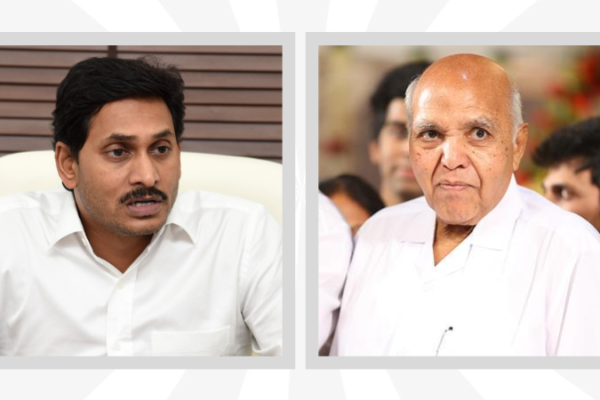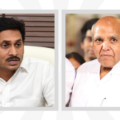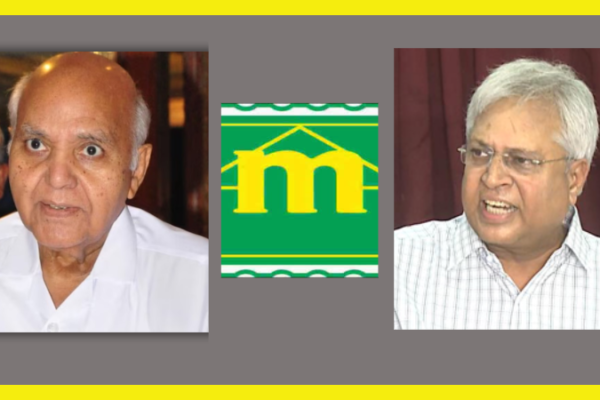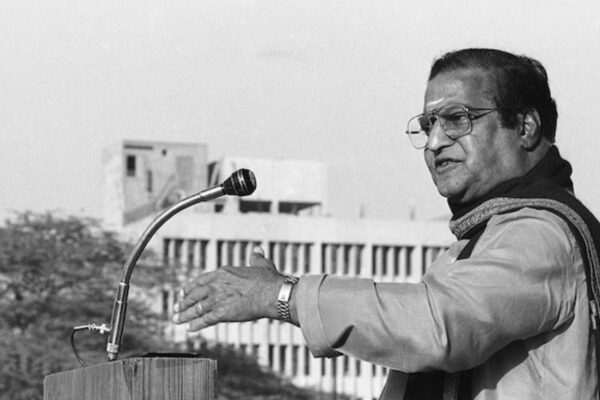By Ramesh Kandula
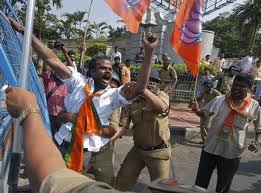
Two years have passed since the Union Home Minister had made that fateful announcement on Telangana on December 9, 2009. Since then political and social events have overtaken the Telugu society in such a profound manner that the state is still struggling with the intractable issue.
Separate state supporters understandably feel cheated that the Centre failed to keep up its commitment. They underline the fact that the statement was made in the floor of the Parliament. They see a conspiracy by vested interests of Andhra origin for the promise getting stuck in a bottomless pit.
But a dispassionate review of the events leading to the announcement and subsequent developments probably gives us an idea of what led the UPA government to renege on its assurance. The December 9 statement is of course crystal clear:
“The process of forming the state of Telangana will be initiated. An appropriate resolution will be moved In the state assembly.”
When Chidambaram made this rather straightforward statement, he was clearly under the impression that there was a general political consensus among all parties. The reason for this belief was the minutes of the all-party-meet sent to him earlier.
Technically speaking, however, there was no unanimity on the issue of division of state since ruling Congress, MIM and Lok Satta did not give their clear opinion on the issue, while CPM actually opposed the division. But what seems to have weighed in the mind of the Centre was TDP’s ready acceptance to the proposal.
But when TDP went back on its stand, and other parties, including Congress and PRP, coming together against the announcement in Andhra region, all hell broke loose. It was then that the Centre seems to have understood the complexity of the ground situation. The December 23 statement was self-explanatory on this count:
“However, after the statement, the situation in Andhra Pradesh has altered. A large number of political parties are divided on the issue.”
Since then, the T advocates have been blaming the Centre in general and Chidambaram in particular for the change in stand. They continue to refer to December 9 statement in isolation. However, the Home Minister himself clarified on the apparent contradiction:
“When you refer to my statement on December 9, 2009, you should kindly also refer to the December 23, 2009 statement.”
It might be true that Andhra and Rayalaseema politicians came in the way of division of the state immediately after 2009 statement. But since then, a whole lot of factors played a role in the Centre not going ahead with the formation of separate Telangana.
They include the difficulty in forging a consensus, finding a basis for further division of linguistic states, apprehensions over the political fall-out for the Congress in the state and the fear of opening of a Pandora’s Box with such a decision.
However, the hardcore Telangana activists continue to harp on the ‘betrayal’ of the Centre and the ‘conspiracy’ of Seemandhra capitalists’. Such caricaturing of the situation might help political mobilization for the cause and even help TRS keep the T-pot boiling till next elections, but such a construction of the developments is twice-removed from reality.
As Chidambaram repeatedly said on the issue, the agenda for now could only be to “deliberate on the mechanism and lay down a road map for the consultations.” That can take place only when charged atmosphere cools down and political parties play down emotional content and focus on pragmatic solutions to the issue.
Once bitten hard, the UPA government is twice shy.



